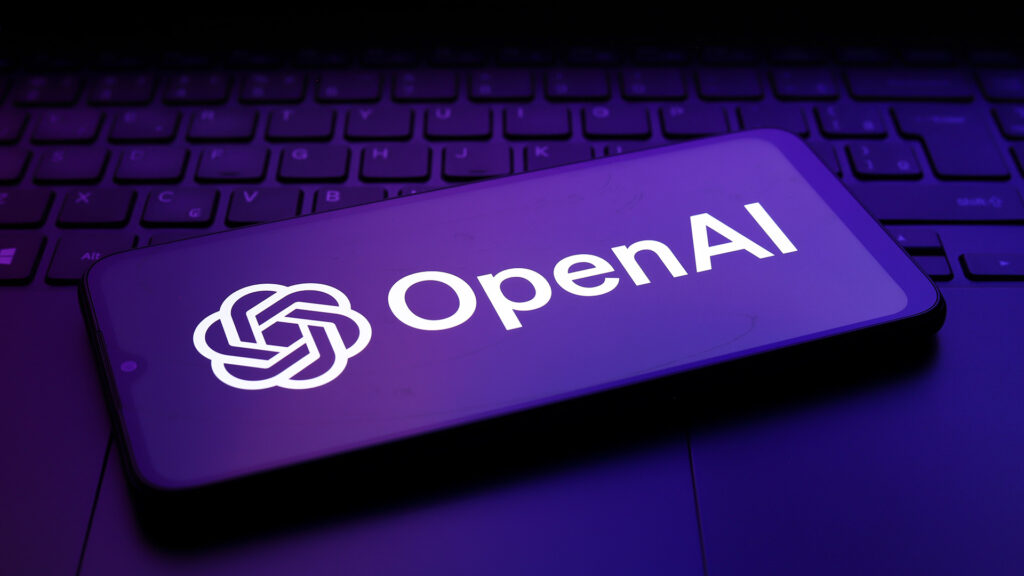In a significant shift toward transparency and developer empowerment, OpenAI has unveiled two new open source AI models GPT oss 120b and GPT oss 20b positioning itself to rival China’s DeepSeek, which shook the global AI scene months ago with its fully open release. These OpenAI new open source AI models offer developers the freedom to explore, customize, and deploy AI in ways that were previously limited by closed architectures.
What Makes OpenAI’s Models a Game Changer?
The models released via the AI hosting platform Hugging Face can generate human like text, write complex code, summarize information, and even conduct online searches on behalf of users. While they don’t support image or video generation, their ability to perform multi step reasoning tasks puts them on par with elite AI systems.
The crucial detail? These are open weight models, meaning OpenAI has released the parameters (weights) of the neural networks, allowing others to replicate and fine tune the models. However, they stop short of being fully open source, as OpenAI hasn’t shared the training data leaving some experts skeptical of the “open” label.
Earlier this year, DeepSeek’s truly open source language model made waves across the academic and developer communities. Built with full transparency including both model weights and training data DeepSeek quickly became the go to option for researchers wanting complete control over their AI infrastructure.
Language Preservation at University of Zurich
One of the most notable uses of DeepSeek came from the University of Zurich, where researchers used it to preserve and develop natural language processing tools for endangered dialects of Swiss German. The team credits DeepSeek’s open training data as key to tailoring the model to specific linguistic nuances.
Now, OpenAI’s partial openness has reignited the debate: Are we seeing real transparency or a rebranded product designed to win developer mindshare?
Dr. Carla Thompson, a senior researcher at the University of Cambridge, views the release as a step forward but notes the limits. It’s encouraging to see OpenAI open up model weights. But without access to training data, it’s hard to understand how biases were formed or how to mitigate them in niche applications, she explains.
Meanwhile, industry veteran and open source advocate Alan Rosner warns. By calling them open source, OpenAI is blurring the line between open weight and open data. True open source models include both. This might be more of a PR play than a philosophical shift. Still, many agree that the OpenAI new open source AI models offer powerful new tools, especially for independent developers and startups.
Developers Test Drive GPT oss
Initial feedback from the AI community reveals a mix of enthusiasm and curiosity. Developers are already experimenting with GPT oss 20b for smaller tasks and deploying GPT oss 120b on larger GPU clusters.
Maya Patel, a freelance ML engineer in Toronto, said. I was able to fine tune GPT oss 20b on my client’s legal documents to build a contract summarizer. The customization flexibility is amazing. I don’t need to rely on paid APIs anymore.
Ahmed Khurshid, an AI enthusiast in Lahore, tested GPT oss 120b on Urdu poetry generation. It’s surprisingly fluent in multiple languages. While DeepSeek was better for Chinese scripts, GPT oss shines in diverse multilingual setups. I just wish I knew what data it was trained on.
These user stories highlight the balance OpenAI is trying to strike offering tools powerful enough to satisfy developers, but guarded enough to maintain proprietary control.
OpenAI’s Response to Market Pressures
The timing of this release is no coincidence. With Meta’s Llama and DeepSeek dominating conversations around open AI tools, OpenAI was at risk of appearing too closed off especially after its controversial licensing decisions earlier this year.
By releasing the OpenAI new open source AI models, the company repositions itself as a leader in the developer community without fully sacrificing its competitive edge.
Key Advantages of OpenAI’s GPT oss Models
Public access to model weights for fine tuning and research, High performance on reasoning and programming tasks. Availability on Hugging Face for easy download, No access to training data (limiting full transparency), No support for image or video generation.
What This Means for the Future of Open AI
As we look to the future, the release of these models represents a crucial moment in AI evolution. Developers now have more powerful, customizable models without needing to rely entirely on APIs from companies like OpenAI or Anthropic.
But the lack of training data transparency continues to fuel philosophical and ethical debates. Can AI truly be democratized if you can’t see what it learned from? What biases lie hidden beneath the surface?
From a regulatory standpoint, the absence of full training data disclosure may also attract scrutiny from governments and researchers focused on responsible AI development.
Is OpenAI Becoming More Open or Just Smarter About Openness?
The OpenAI new open source AI models are undeniably a major step forward. They unlock new potential for developers, researchers, and AI startups. While not fully open in the traditional sense, their open weight nature brings meaningful utility to the community.
Yet, it’s also clear this move is as much about narrative as it is about technology. OpenAI is navigating the tension between openness, safety, and commercial interest. For now, the models offer a compelling middle ground and for many, that’s more than enough.

